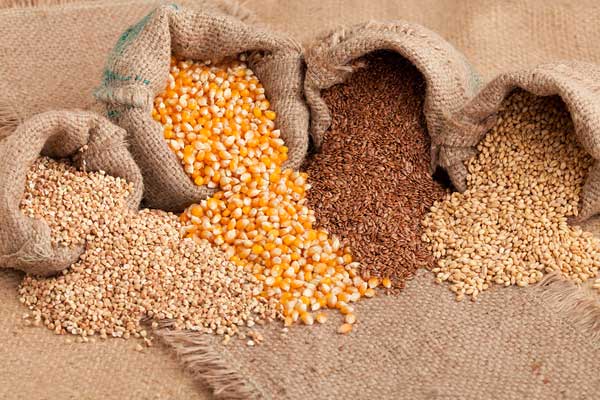
World crops higher, but local scarcities remain: UN
NEW YORK, July 15, 2015
Favourable worldwide conditions for cereal crops will lead to better-than-expected production this growing season at the global level, said the United Nations Food and Agriculture Organization (FAO).
That is despite continuing apprehension over El Niño, growing concerns over a sharp shortfall in maize grown in sub-Saharan Africa, as well as poor production in other food insecure hotspot areas.
According to the latest release of the UN agency's monthly Food Price Index and the new edition of the quarterly Crop Prospects and Food Situation report, both issued today, world cereal production this year should amount to 2.5 billion tonnes. That represents a 1.1 per cent decline from the record level in 2014, but an improvement from projections made last month.
Meanwhile, the Food Price Index declined 0.9 per cent in June compared to May. At 165.1 points, it is now down 21 per cent compared to a year ago and at its lowest level since September 2009.
The decline mainly came as a result of a drop of 6.6 per cent in the price of sugar and of 4.1 per cent in the prices of dairy products, which more than offset a rebound in palm oil and wheat quotations. Increasing worldwide demand for livestock feed, especially in Brazil, China and the United States, is supporting prices for coarse grains, including maize.
Localized ‘hotspots’
But those global price trends and favourable prospects for world cereal production mask localized hotspots of food insecurity, the report also cautioned.
Some 34 countries worldwide, including 28 in Africa – many hosting large numbers of refugees – are in need of external assistance for food, it says. Today's report in particular highlights “alarming” food security conditions in conflict-affected areas of South Sudan, where the number of severely food insecure people has almost doubled to an estimated 4.6 million since the beginning of 2015.
The study also points out that, despite better prospects, the Near East faces an escalating humanitarian crisis. 2015 cereal production in that region is expected to recover from last year's drought, driven by a projected 18 per cent increase in output in Turkey. But conflicts continue to “severely” impact on agriculture and Iraq, Yemen and Syria continue to face an “escalating humanitarian crisis.”
Yemen in particular stands out, where of 12.9 million food insecure people about 6.1 million are in “Emergency” Phase, while 6.8 million are in “Crisis” Phase, representing a 21 per cent increase over the previous year.
In Asia, a record crop in China and Pakistan is expected to offset declines elsewhere – mainly in India, as a result of a poor wheat harvest.
Nepal has seen drops in food production due to earthquake damage, while in the Democratic Republic of Korea, a severe dry spell is expected to result in reduced cereal production in 2015, added the report. – TradeArabia News Service







